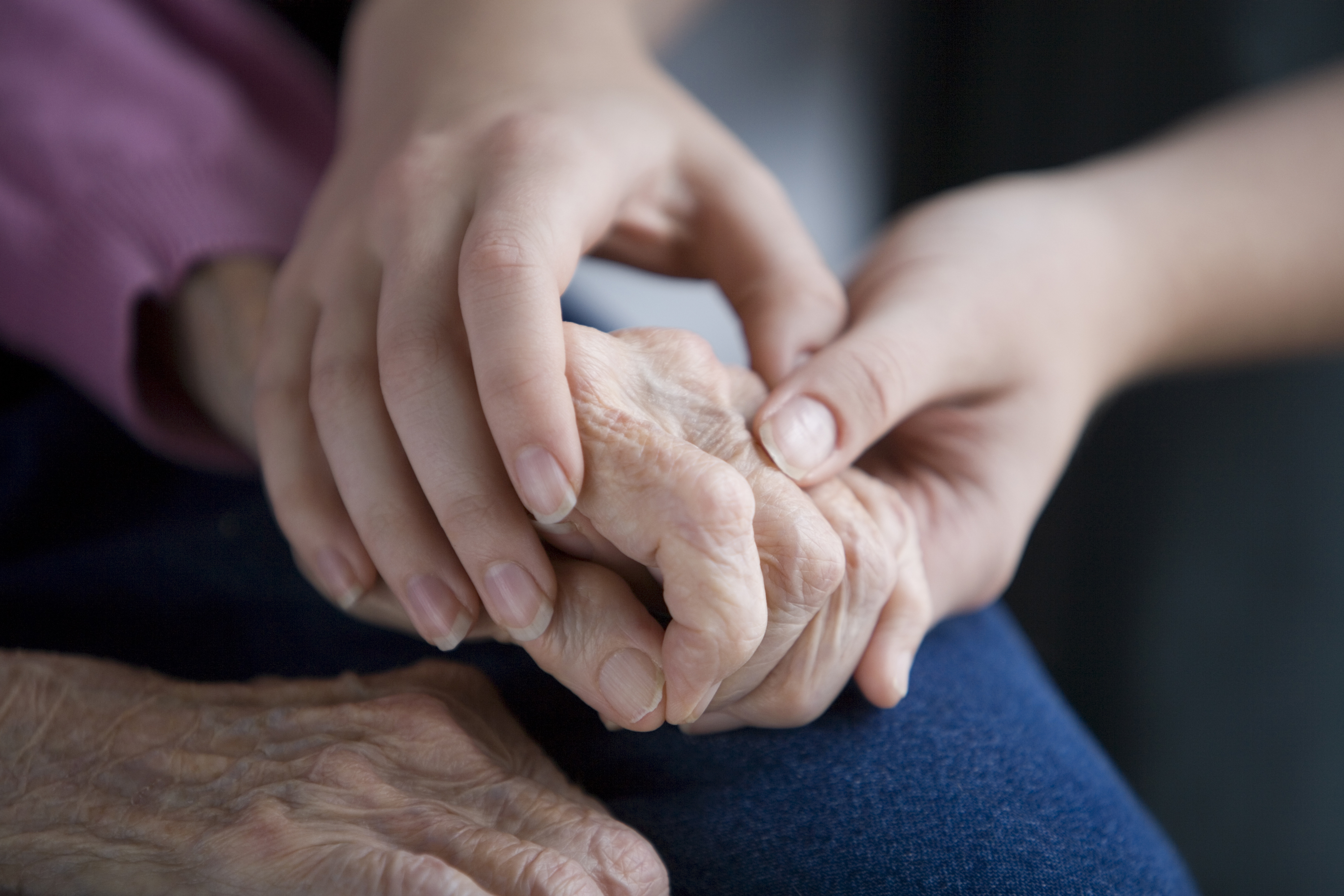AARP Hearing Center

As a licensed professional counselor in Tulsa, Erin Powell sees family caregivers struggling both emotionally and financially to meet their loved ones’ needs.
One client wants his 86-year-old mother to remain living with him even though a stroke left her severely disabled. The man and his wife help his mother dress and bathe. But the couple worries about affording home modifications, such as grab bars and a shower chair, so his mother can safely use the bathroom.
“They are doing everything for her,” says Powell, who works for the nonprofit LIFE Senior Services.
Some family caregivers will soon qualify for financial help from the state through a new state tax credit aimed at helping offset the out-of-pocket costs that arise when caregiving. The tax credit is one of the largest and most comprehensive of its kind nationally.
Starting Jan. 1, Oklahomans caring for a spouse, parent or other relative who is 62 years or older will be eligible for a tax break of up to $2,000 per year for certain expenses if they meet income requirements. The cap is $3,000 if the family member has been diagnosed with dementia or is a veteran.
AARP Oklahoma advocated for the Caring for Caregivers Act, which created the state tax credit. Lawmakers in May passed the measure, which included $1.5 million in state funding for the program annually.
One key goal of the tax credit law is to keep people in their homes and out of costly institutions such as nursing homes, says Sean Voskuhl, AARP Oklahoma state director.
To qualify, caregivers must make less than $50,000 a year (or less than $100,000 for a couple filing jointly) and provide care for a family member who is living in a private residence and needs help with at least two activities of daily living, such as bathing, dressing and eating.
The tax credit will be available for the 2024 tax year.
Those who qualify can claim half of what they spend on providing care up to the tax credit cap.
Among eligible expenditures are home modifications, medical equipment, respite care and home health aides. Expenses for general household maintenance, such as painting, plumbing or exterior maintenance, are not eligible.
The credit can be combined with SoonerCare (Medicaid) benefits, the federal Child and Dependent Care Credit and other government benefits.
Part of the solution
In 2021, approximately 490,000 Oklahomans provided 460 million hours of unpaid care for a loved one, according to an AARP report that valued the care at an estimated $6.6 billion.
Practical costs, such as installing a wheelchair ramp or making a bathroom safer, really can make the difference for someone to be able to live in their home with dignity, says state Rep. Tammy West (R-Oklahoma City), who authored the legislation.
West, who is state House majority leader, hopes to expand the tax credit in the future by increasing the income cap and the amount of expenses that family caregivers can claim.
Other states have caregiver tax credits, although many are more limited in scope than Oklahoma’s new credit. Some target more specific groups, such as veterans, while others have lower income limits to qualify. AARP is continuing to push for caregiver tax credits in other states, such as Wisconsin.
Oklahoma’s tax credit is substantial and may help a lot of caregivers, says Yulya Truskinovsky, an assistant professor of economics at Wayne State University who has studied caregiver tax credits. But states also should continue to look for other ways to support families, she says.
“A tax credit is one of many, many pieces,” Truskinovsky says. Other policies to allow sick leave and paid family leave are also important, she says.
Learn about Oklahoma’s new tax credit, including who can qualify and what counts as eligible expenses, at aarp.org/OKCaregiverTaxCredit.
Carina Storrs, a New York-based journalist, covers aging, health policy, infectious disease and other issues.
More on Caregiving:































































